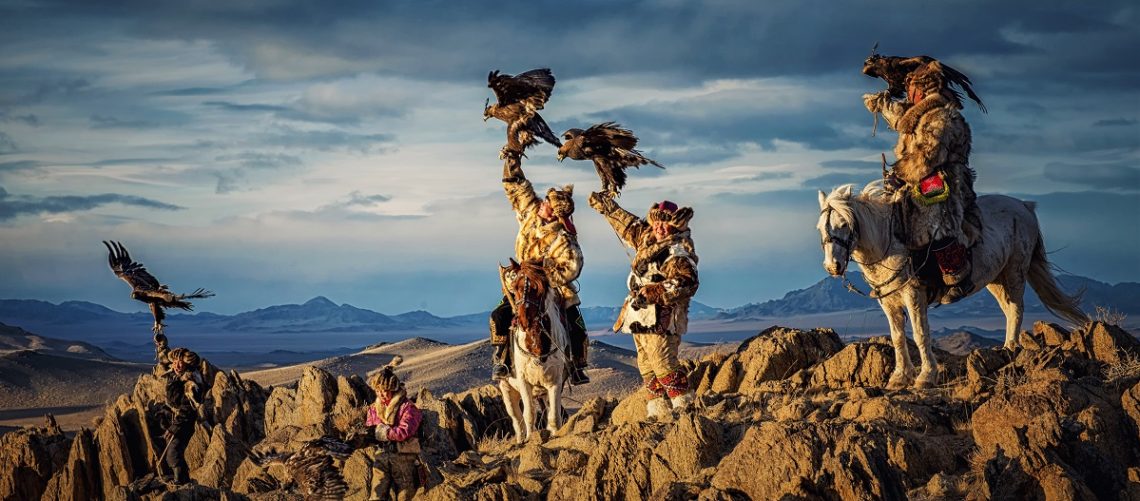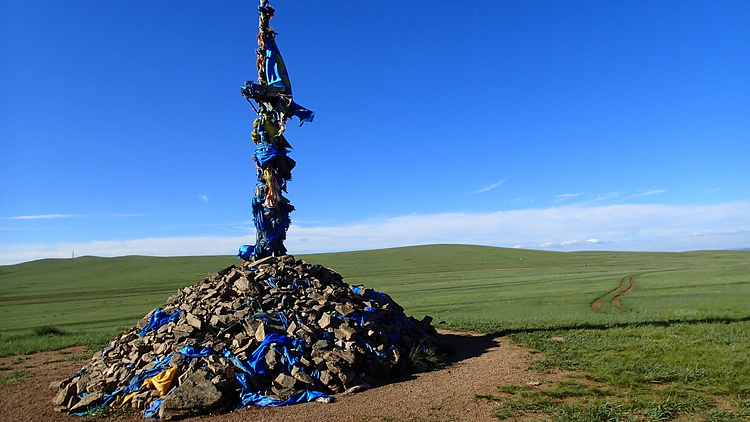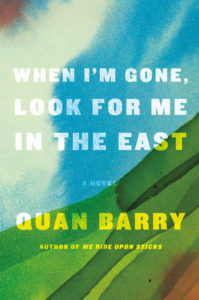
The Search
When I am Gone, Look for me in the East is a novel written by Quan Barry and I predict I will read nothing better this year.
I learned the word picaresque when I wrote about The Brothers Sisters and I’m happy that I get to use it again. When I am Gone, Look for me in the East is a picaresque about a young Buddhist monk, Chuluun, and his identical twin brother, Mun, a fallen-away monk, both on the road in Mongolia. They are traveling with another two Buddhist monks and all have been tasked with finding a reincarnation of a great lama – One for Whom the Sky Never Darkens.
Chuluun narrates the story and speaks only in present tense, which can be discombobulating at times, but as Sister Gabriel used to say, context is everything. I thought there were some eastern languages that do not distinguish between past and present tense but a quick Google search came up empty so I am likely wrong. It may simply be that the Buddhist focus on living in the present is mirrored in their speech. I want to learn more about this so I’ll research or perhaps one of you bright Scrambler’s could enlighten me?
Chuluun and Mun enter the monastery as young boys when a curious birthmark is found on Mun’s neck, the birthmark indicating Mun is a ‘precious one’. Mun is renamed by the monks as One Who Sounds the Conch in the Darkness and many honors are bestowed upon him in the monastery. Chuluun is brought into the monastery as well because it is assumed that as an identical twin he could calm Mun’s hesitance about monastic life. But that does not work and Mun eventually leaves the monastery and becomes a tour guide in Ulaanbaatar. This ends up being a fortuitous choice because Mun now has a vehicle that is used in the search across Mongolia for reincarnated One for Whom the Sky Never Darkens.
There are three candidates for One for Whom the Sky Never Darkens: a boy shaman, a girl eagle hunter, and a dinosaur whisperer. All are young and live in vastly different regions of Mongolia. And most of the book is this, a tour through Mongolia with a slightly motley crew of old, young, and ex monks and their adventures along the way (flat tires are meditated over, spades are taken up with a group of archeologists on a dig, too much liquor is had under the star-filled Mongolian skies, a few sexual temptations are considered, and a golden eagle festival doesn’t go as planned -it’s not quite the stuff of your everyday road trip from Spokane to Fargo). And while the book also addresses more serious fare, thoughts on faith and doubt, politics, the impact of tourism on traditional life, and how it comes that we discover our true selves -this book is a happy one and never weighted down by the heavier topics. Barry channels the Buddhist joy in everyday life, sometimes life is enough, says Uncle – the oldest monk and the true teacher in this romp.
Besides the big, I learned a lot of little things, like this:
- Ovoos are stone cairns that are stacked in the grasslands as guides from place to place and considered signs of safe passage. If in passing an ovoo and the driver doesn’t have a stone to add, then the driver must zip around the ovoo three times, honking all the while for good luck.
- Buddhists refer to reincarnated beings as old lights.
- Buddhists teachers also merrily say, existence is quite the racket (which conjured Vonnegut’s spirit for me) and when the only hope is a boat and there is no boat, be the boat.
- Fermented horse milk is a common summer drink in Mongolia.
- I want to go to Mongolia. Anyone in?

Read this book. Barry has done her research well, summoned her mighty skills, and presented us with a sparkly, enlightened treasure.


